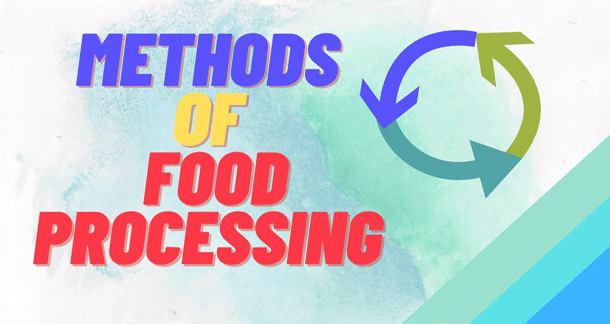Food safety – Importance of Food Safety in Manufacturing Process

Sanitation is fundamental, particularly while guaranteeing that you and your family are not becoming ill. There are a couple of straightforward advances you can take to ensure your food is protected: Clean up and surfaces frequently. This is quite possibly of the main thing you can do to forestall the spread of microorganisms. Separate crude and cooked food sources. Try not to cross-defile them by involving similar utensils or plates for both. Cook to the right temperature. Ensure meat and poultry are cooked through, and eat nothing pink inside. Chill speedily. Refrigerate food straightaway in the wake of cooking. This will assist with keeping microorganisms from developing. Following these basic advances will assist with guarding you and your family from food borne sickness. Food contamination is a typical sickness that can be brought about by eating food that is debased with microorganisms, infections, or parasites. Side effects of food contamination incorporate queasiness, hea...

.gif)



